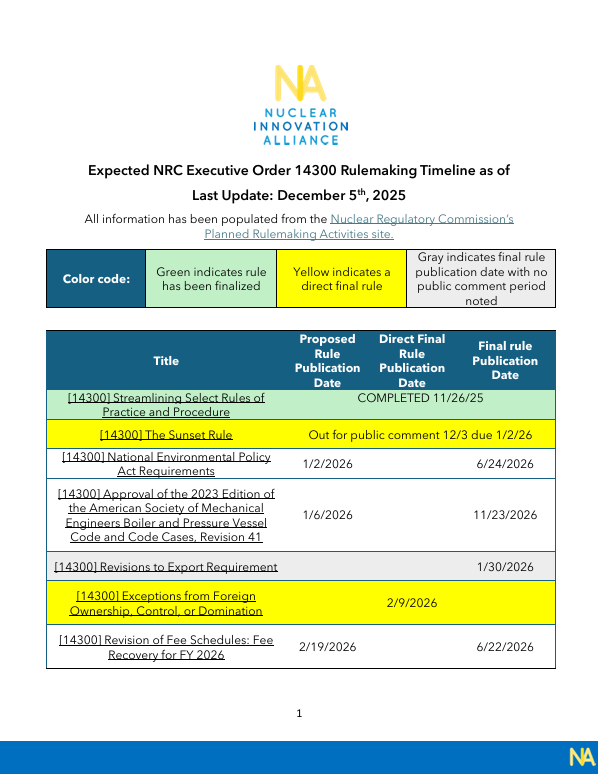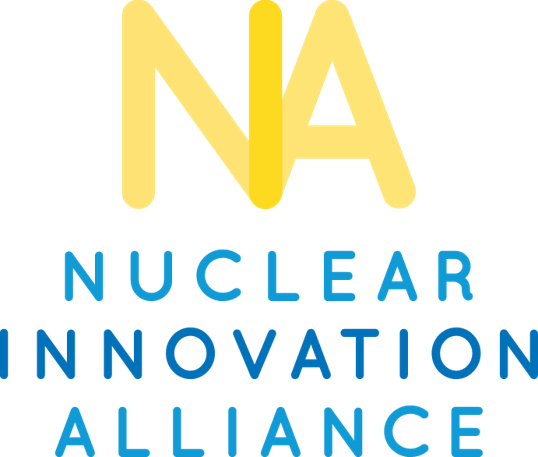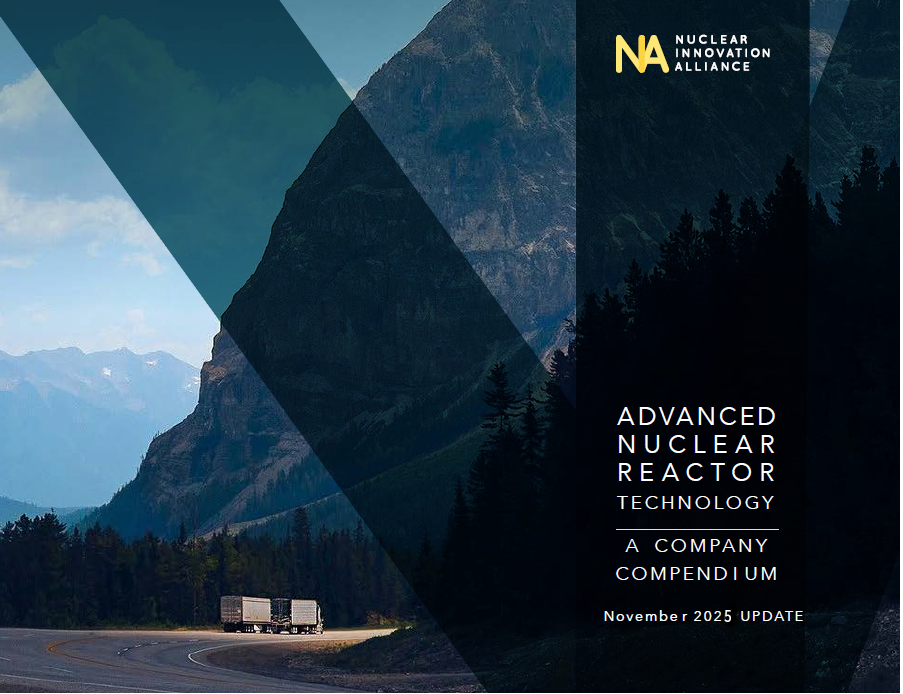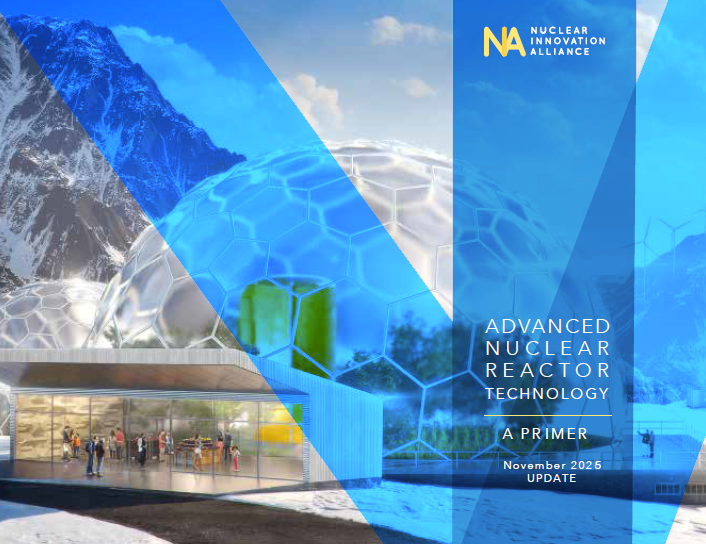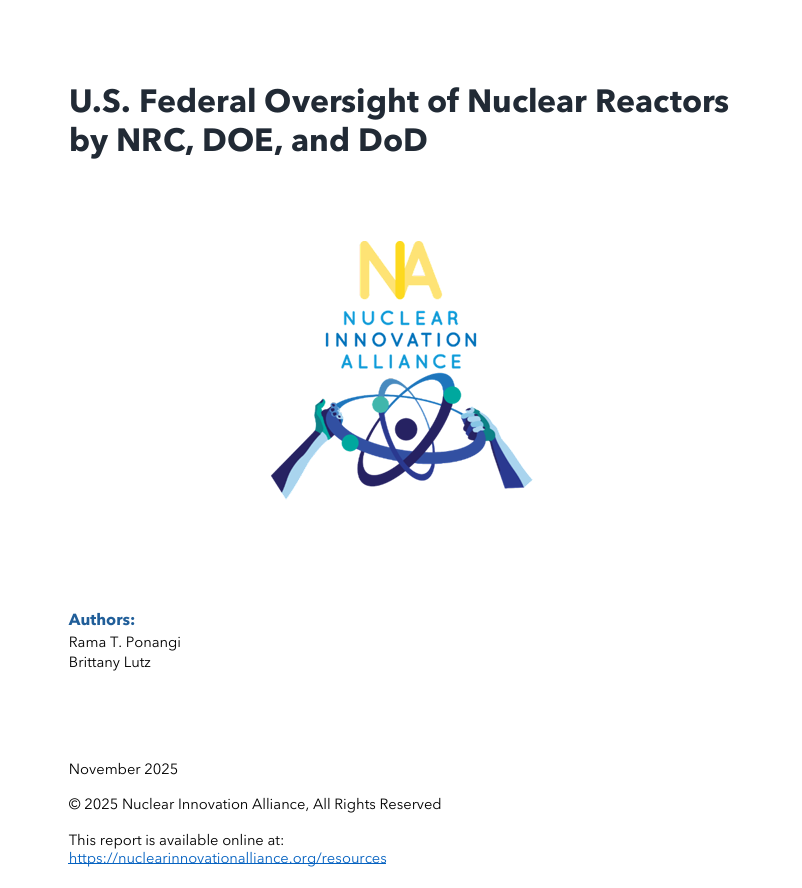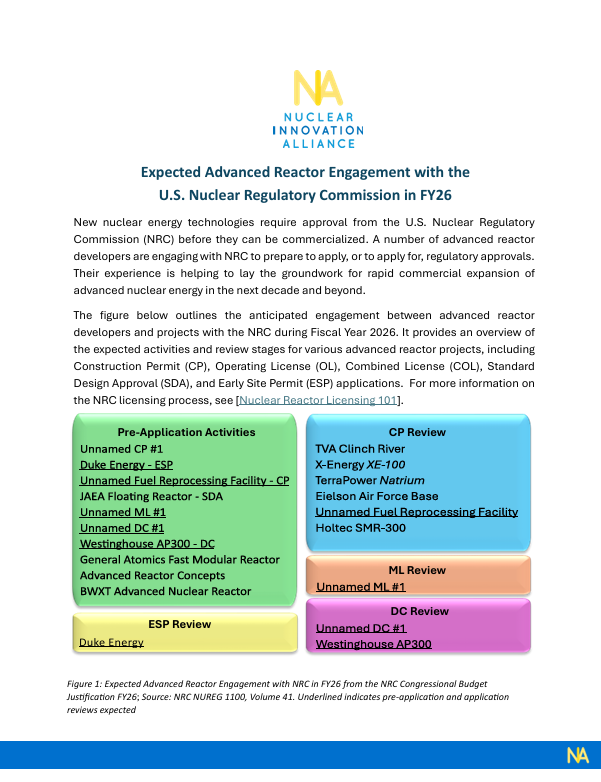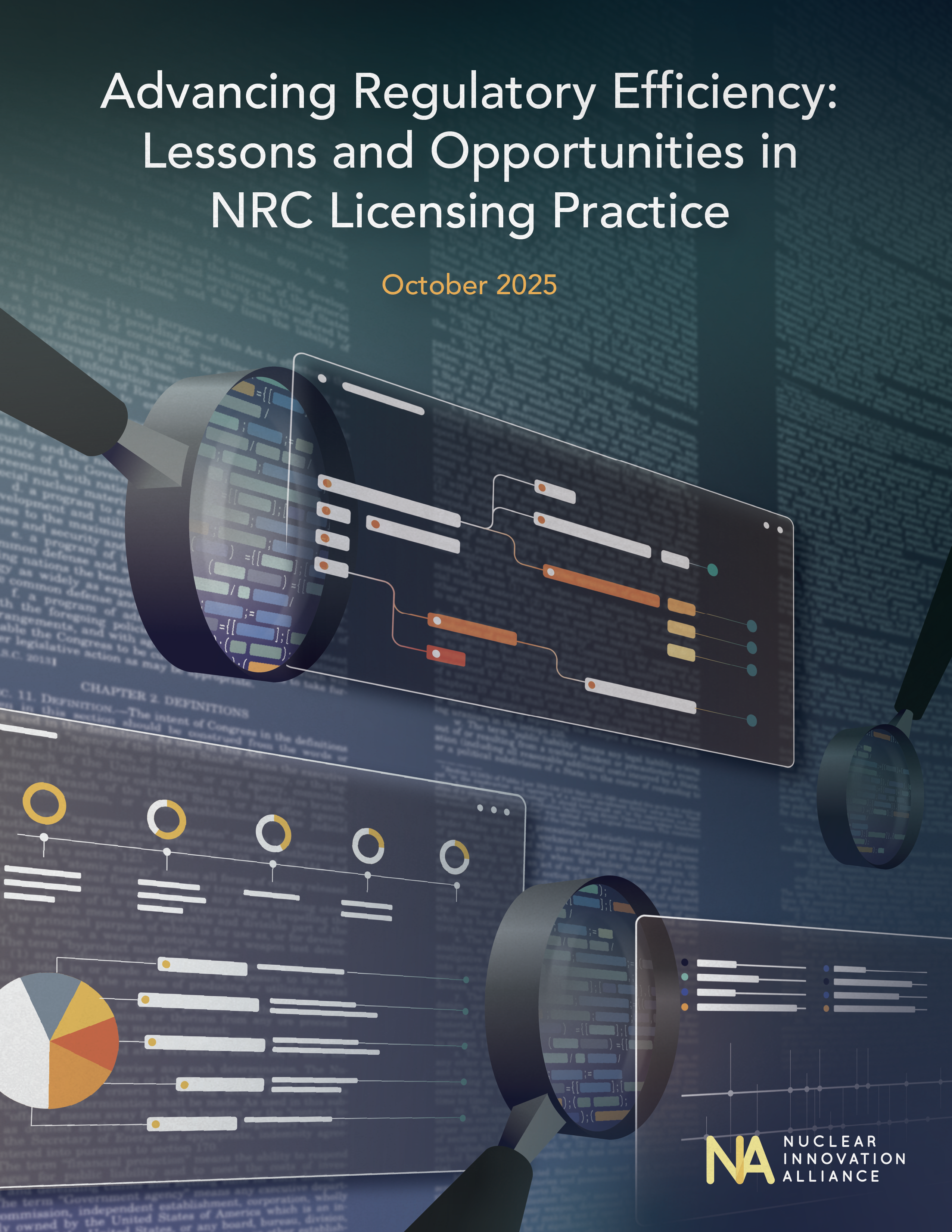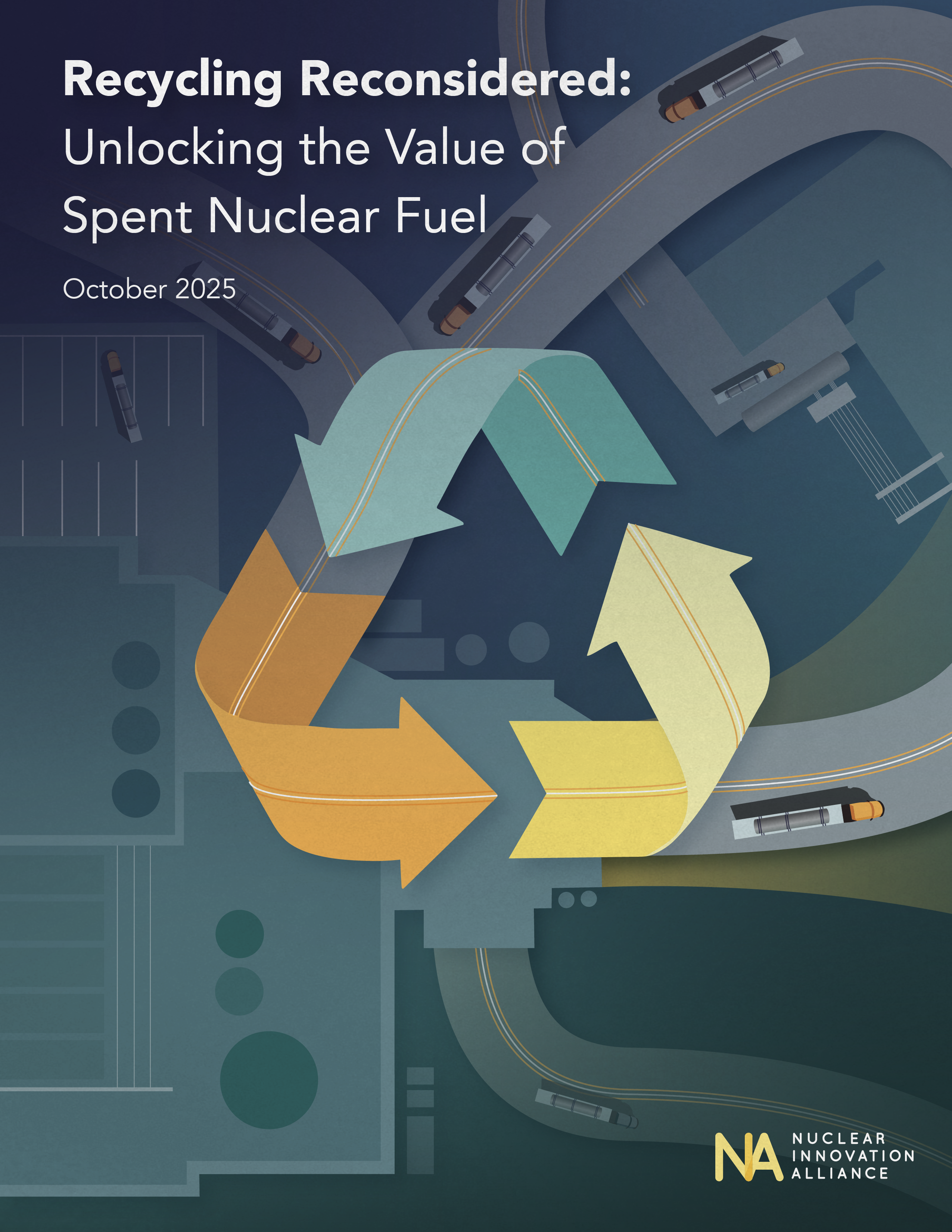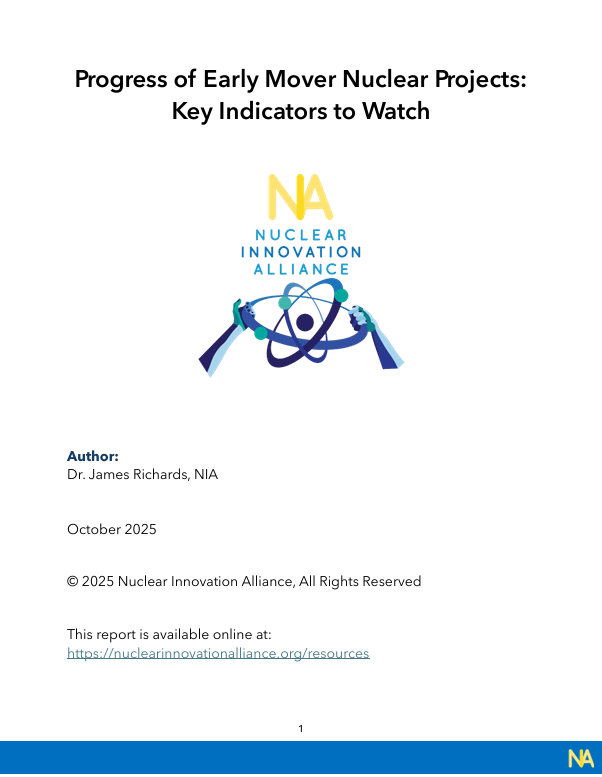Since its enactment of the Accelerating Deployment of Versatile, Advanced Nuclear for Clean Energy (ADVANCE) Act on July 9, 2024, the U.S. Nuclear Regulatory Commission (NRC) has made steady progress implementing it. The NRC is tracking its ADVANCE Act deliverables for 36 milestones on a public dashboard. This brief summarizes NRC's progress.
As of the end of November 2025, the NRC has completed 30 of the 36 identified ADVANCE Act actions and 2025 deliverables.
Expected NRC Executive Order 14300 Rulemaking Timeline
This NIA factsheet highlights the expected timeline of the NRC Executive Order 14300 Rulemaking. This timeline helps to provide a quick view of the individual rulemakings populated from the NRC website.
The Nuclear Innovation Alliance hosted a publication webinar for our updated Advanced Nuclear Energy Technology Primer and Company Compendium, with speakers Zach Koshgarian of NIA, Judi Greenwald of NIA, Scott Kopple of BWX Technologies, Jeff Miller of Terrapower, and moderator Ben Finzel.
These updated reports provide information, resources, and insights into advanced nuclear technology innovation and commercialization. They should serve as resources for investors, reporters, policymakers, regulator,s and others who want to learn more about advanced nuclear technologies and the key players building this industry. With increasing attention being paid to supporting the technologies required to meet mid-century climate goals, these resources should serve as helpful guides to understanding the basics of advanced nuclear energy technology and the companies involved in the design, licensing, construction, and operation of advanced nuclear reactors.
To download our Company Compendium click here
To download our Primer click here
This 2025 update of Company Compendium serves as an introduction to the advanced reactor business ecosystem for potential investors and other key stakeholders.
This primer provides basic information on advanced reactors to help the public and stakeholders understand the promise of innovative nuclear technologies. Dozens are under development around the world; this primer focuses on those in the United States and Canada.
This document was last updated in November 2025.
U.S. Federal Oversight of Nuclear Reactors by NRC, DOE and DoD
Federal oversight of nuclear reactors in the United States sits at the complex intersection of law, national security imperatives, and civilian regulatory independence. This brief examines the legal and historical context, tracing the statutes that assign authority for NRC to license and regulate commercial nuclear reactors, DOE to “authorize” nuclear reactors for research activities, and DoD to permit the operation of nuclear reactors for military use. It also explores interagency interfaces, agreements, and delegations, which shape the coordination of nuclear reactor oversight.
NIA recommends a concerted effort by all three agencies to ensure that technically mature, new nuclear reactor concepts are deployed with appropriate federal oversight and regulatory clarity to inspire public confidence.
Expected Advanced Reactor Engagement with the U.S. Nuclear Regulatory Commission in FY26
This updated NIA fact sheet highlights the expected advanced reactor engagement with the NRC in fiscal year 2026
Advancing Regulatory Efficiency: Lessons and Opportunities in NRC Licensing Practice
The NRC is already experimenting and making improvements in reducing licensing review times without changing the diligence or substance of its evaluations, and the results are promising. If the projected volume of applications materializes, the NRC will need to continue to apply the new approaches it has begun using, as well as seek out additional efficiencies. This paper lays out actionable recommendations on what NRC can do now—under existing statutory authority—to further compress schedules while preserving safety, due process, and analytical quality.
This report highlights the commercial, political, and social value proposition of spent nuclear fuel (SNF) reprocessing and recycling in today’s nuclear energy landscape and recommends policy changes that can help accelerate private sector reprocessing and recycling efforts to realize societal benefits.
Progress of Early Mover Nuclear Projects: Key Indicators to Watch
The nuclear energy industry has gone through phases of growth and contraction throughout the 21st century. Currently, there is a resurgence in nuclear energy interest, with numerous funding rounds, project announcements, and partnership agreements in the last decade. Amid all the fervor, it can be difficult to assess the viability and maturity of individual projects and to evaluate industry progress as a whole. This document discusses several key indicators of progress that stakeholders and investors can use to assess a nuclear project’s likelihood of successful completion. These indicators include:
- Site selection
- Licensing progress
- Offtake agreements
- Project team
- Funding

